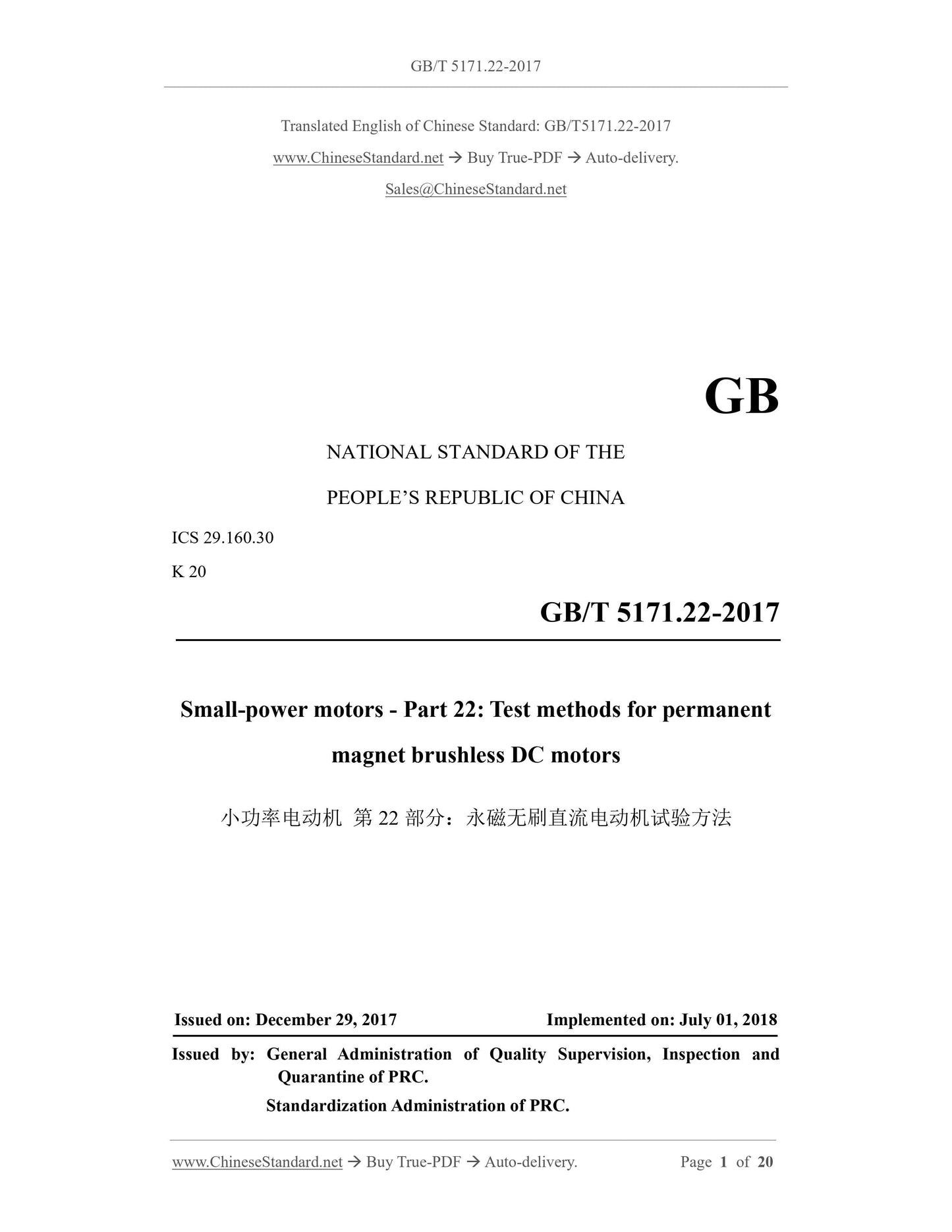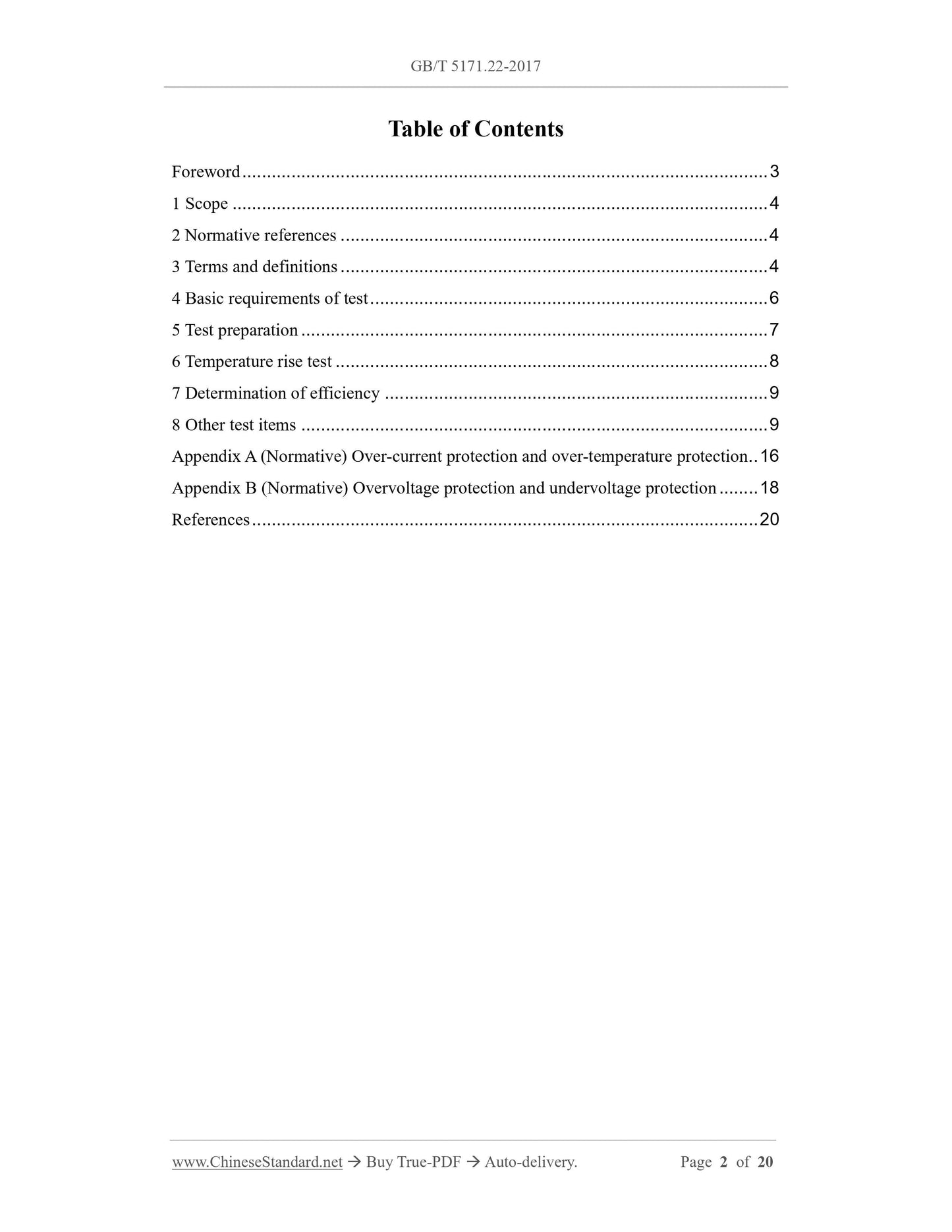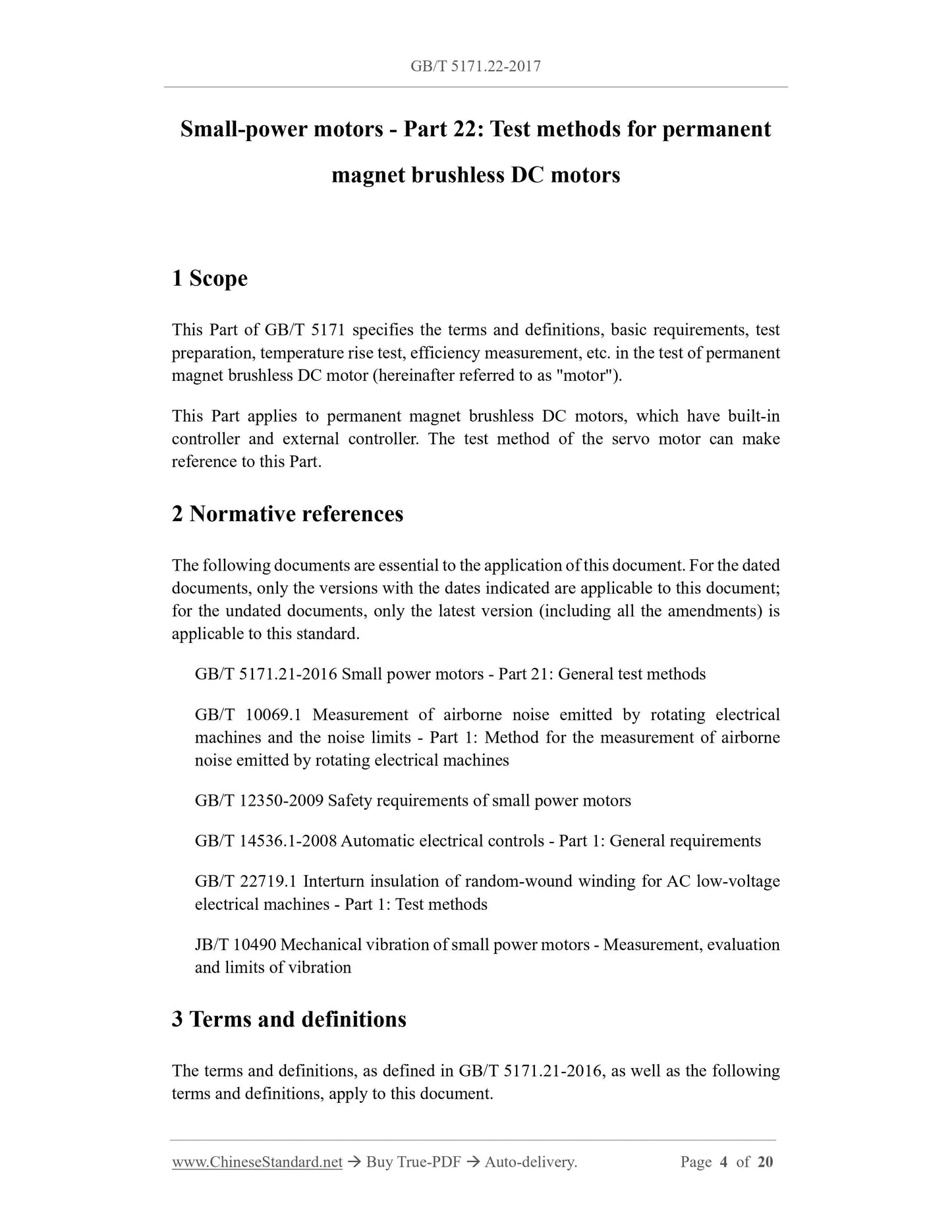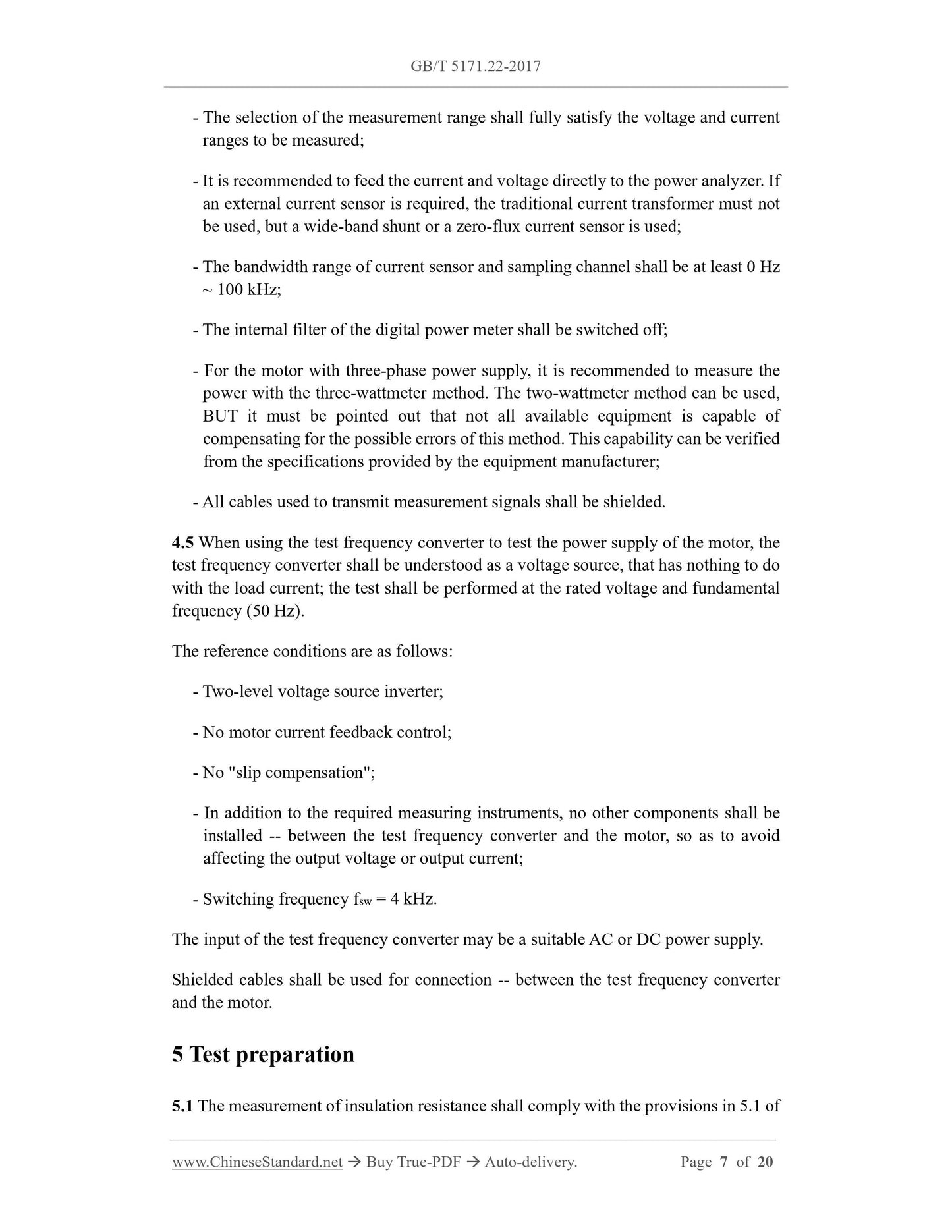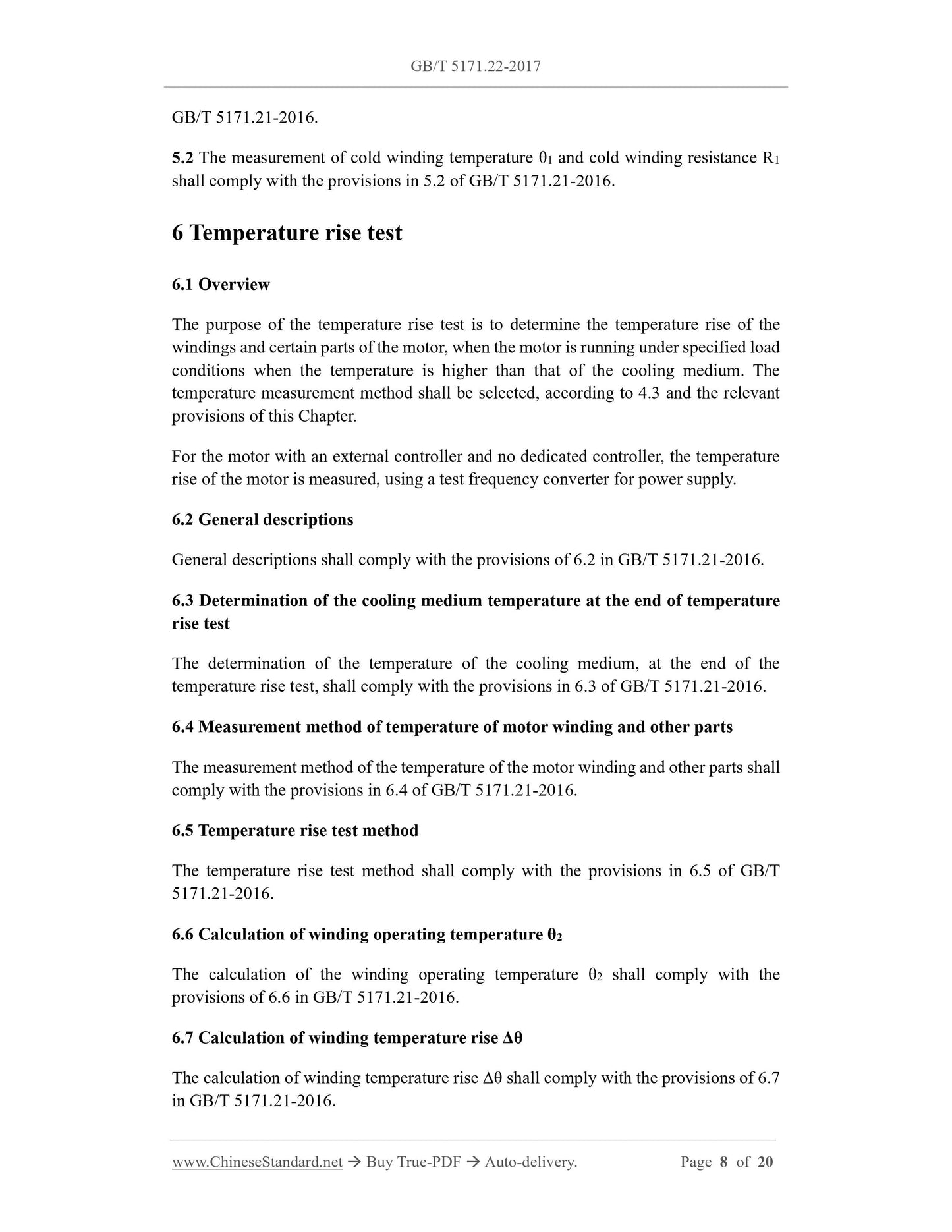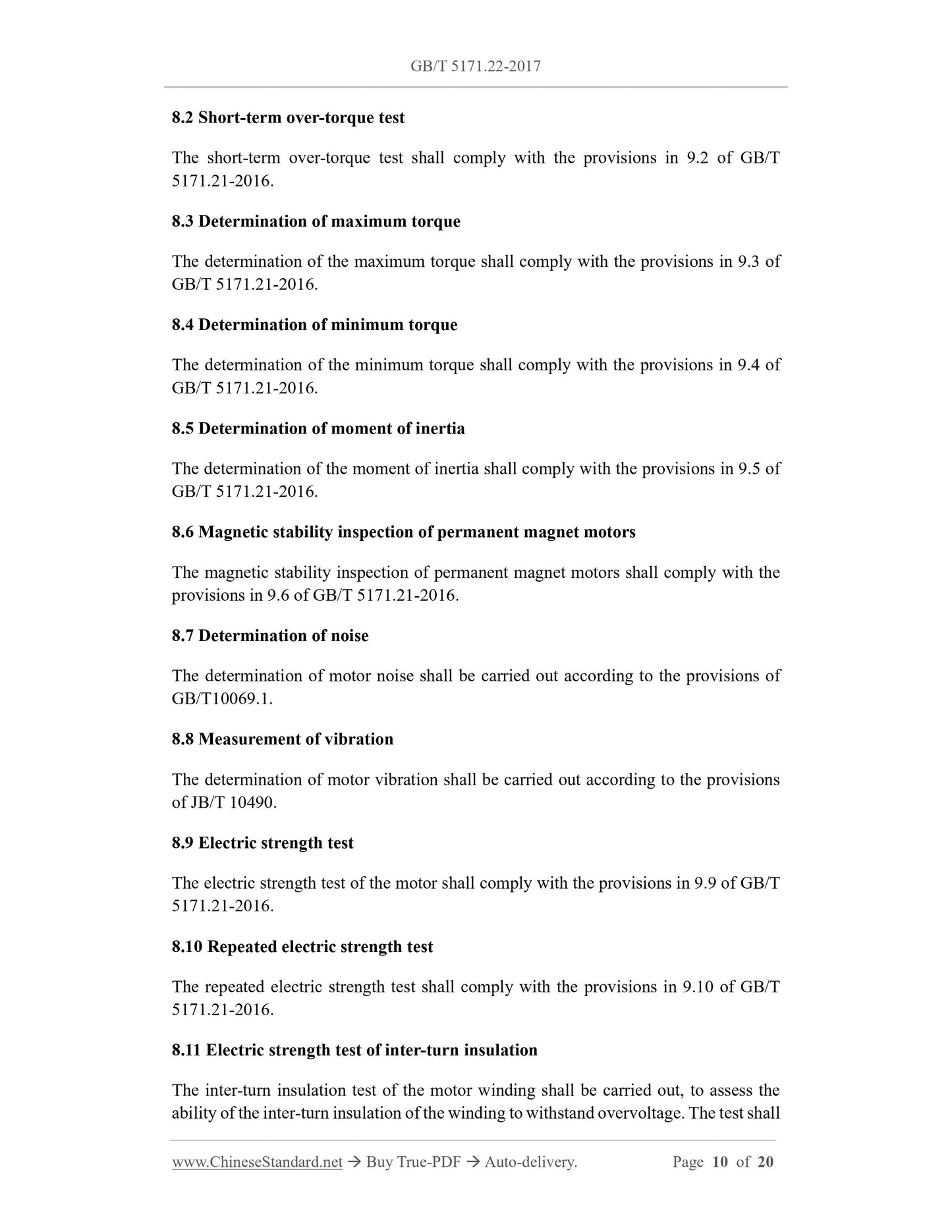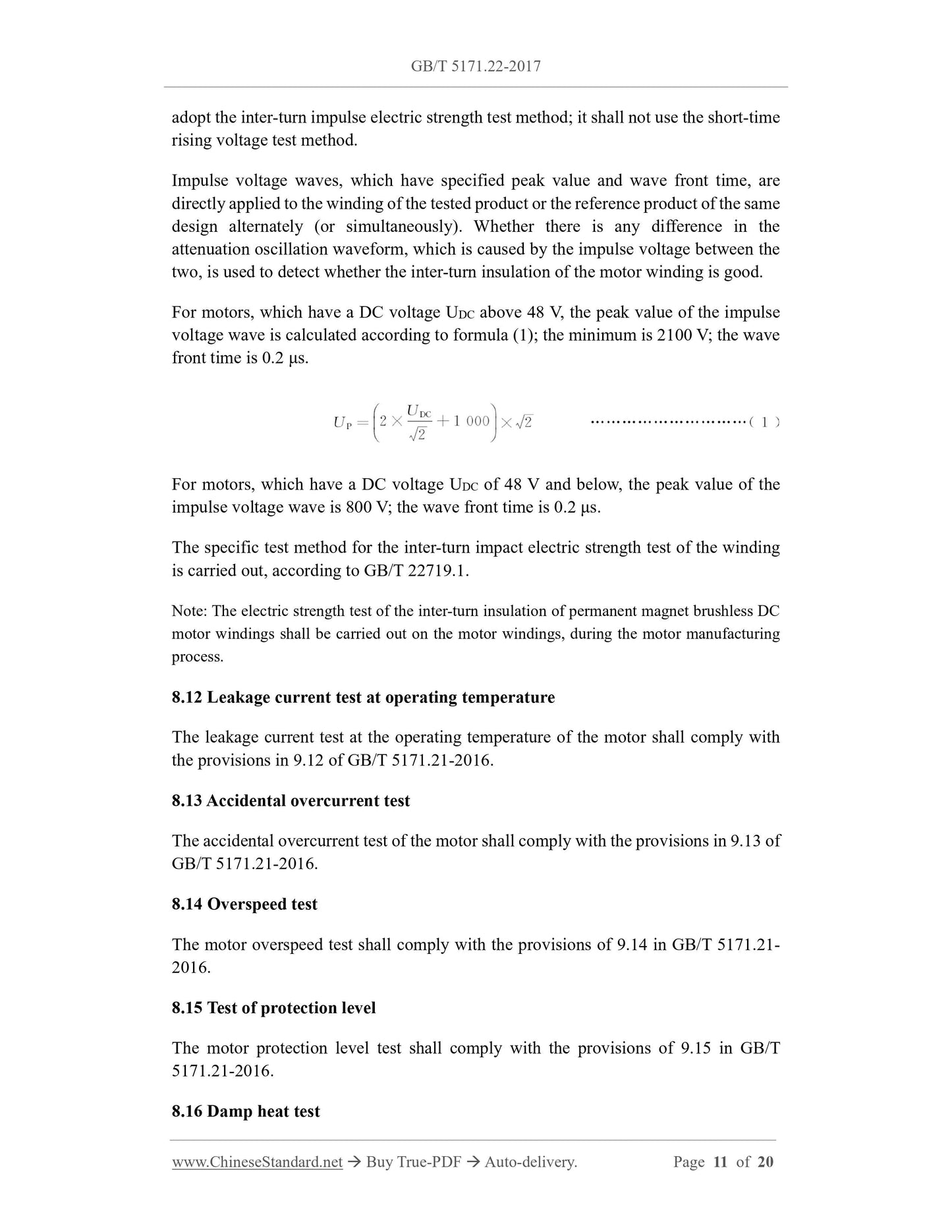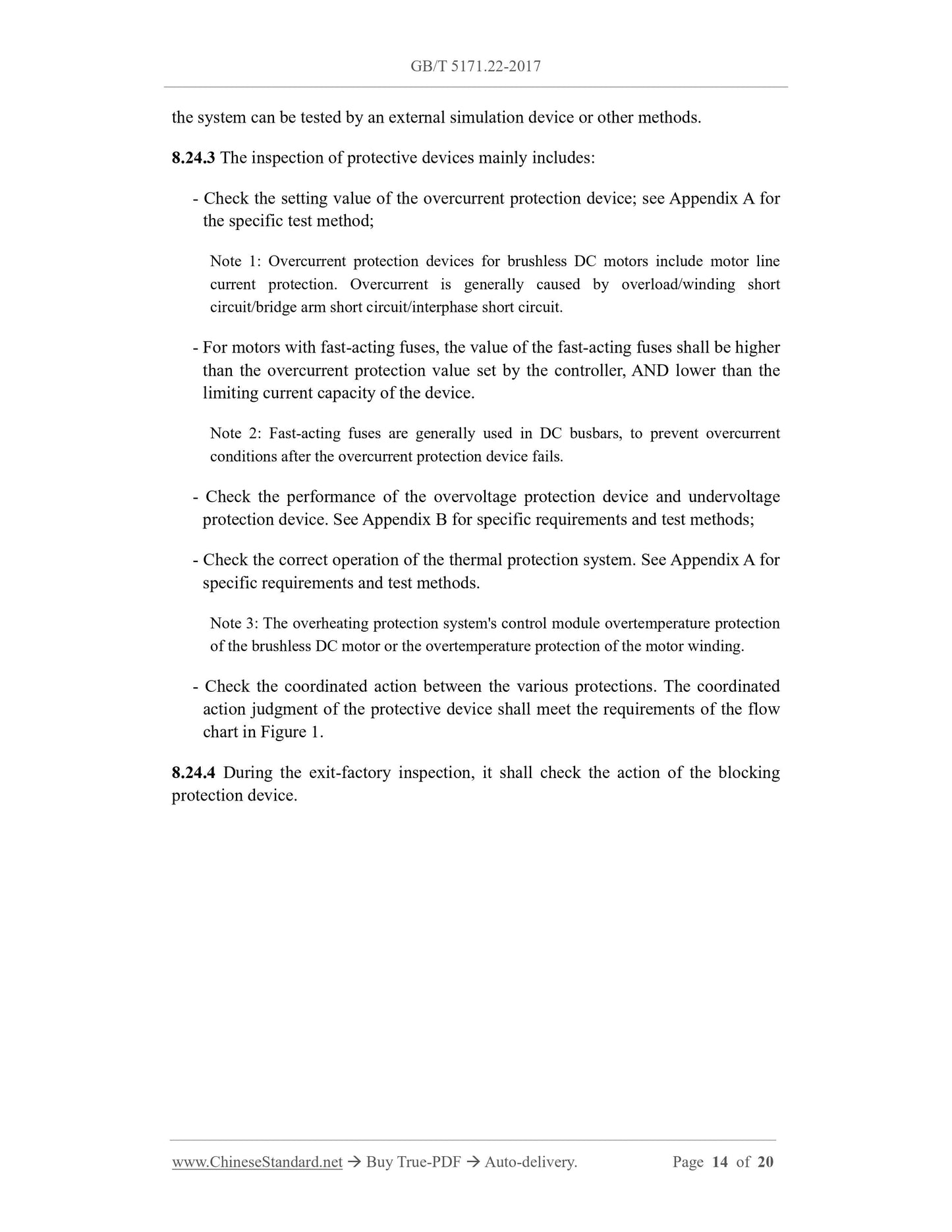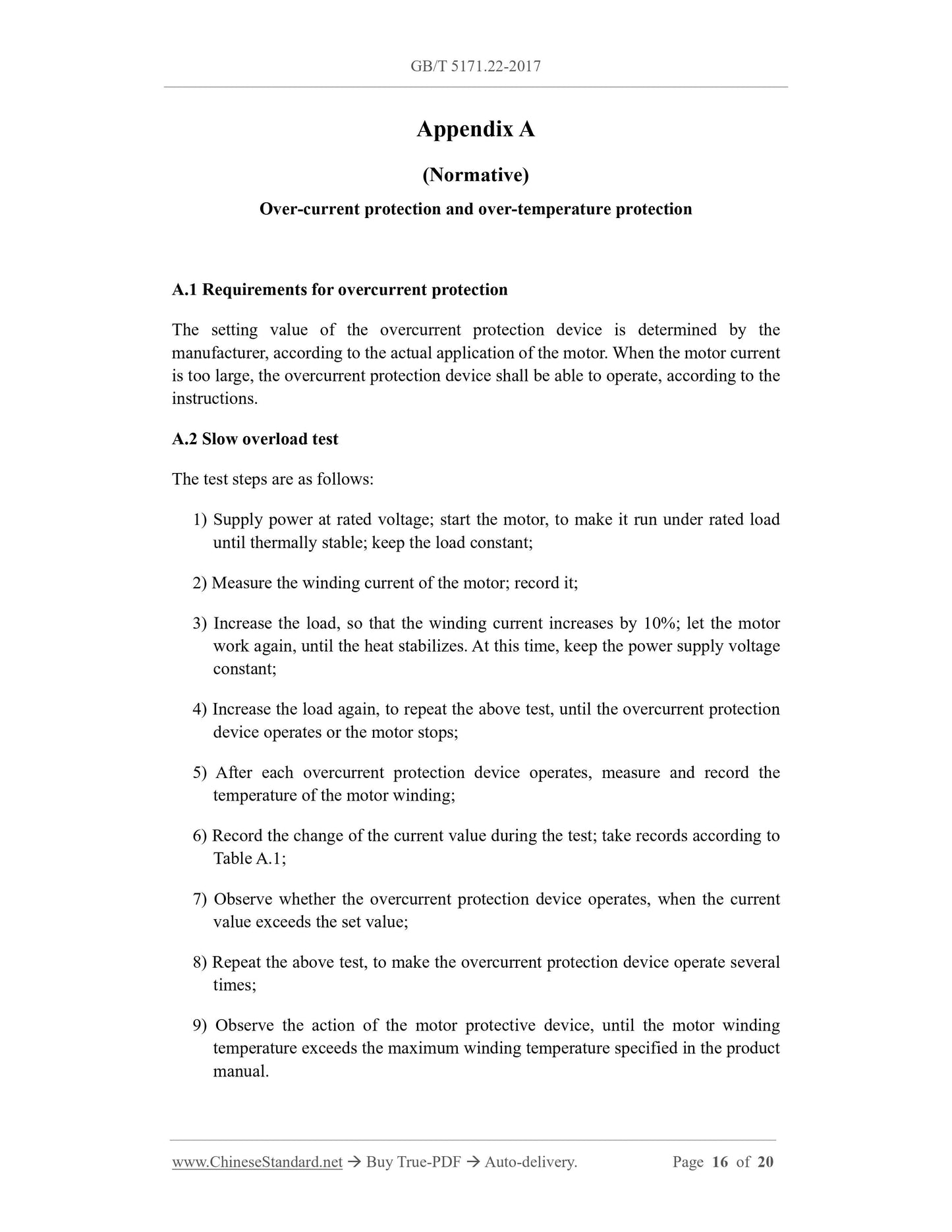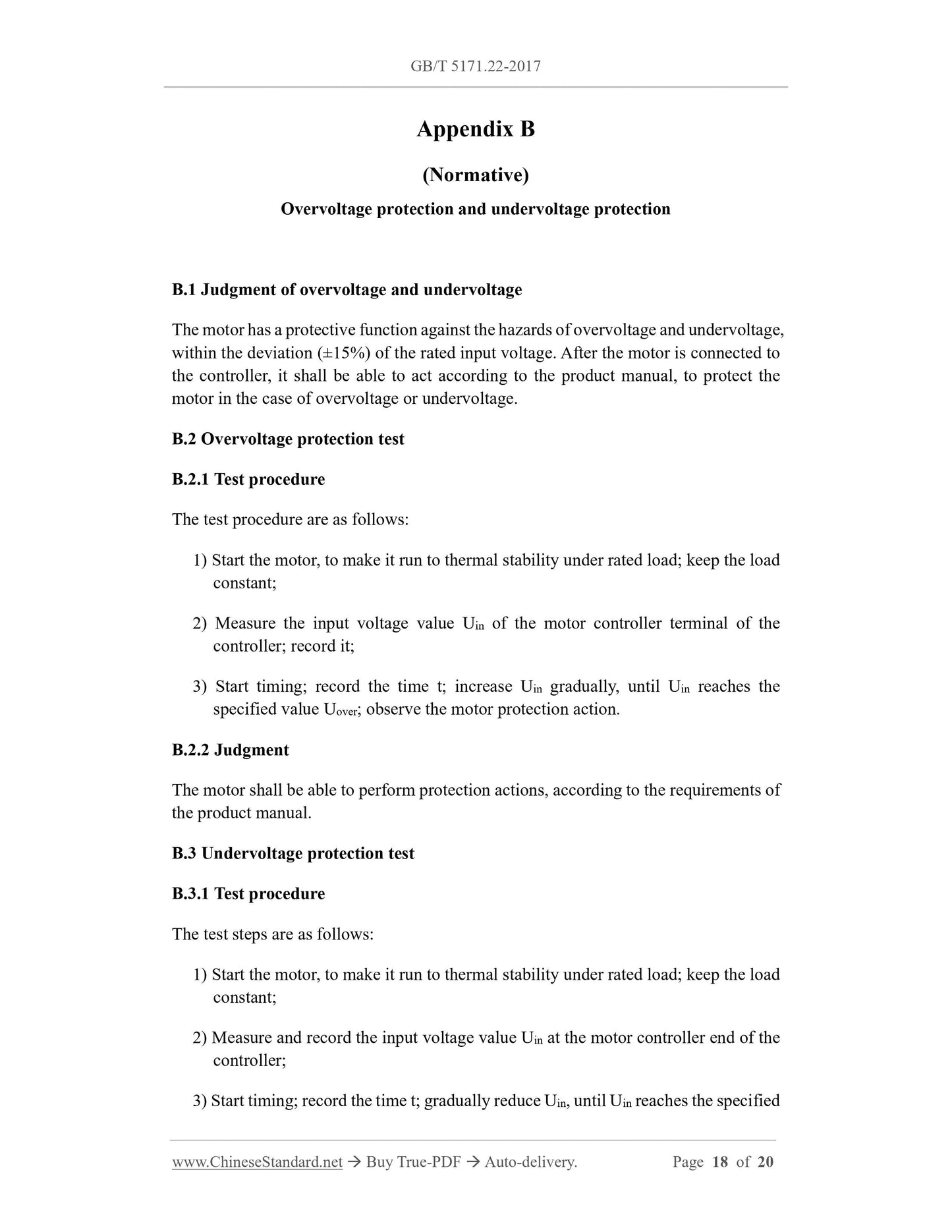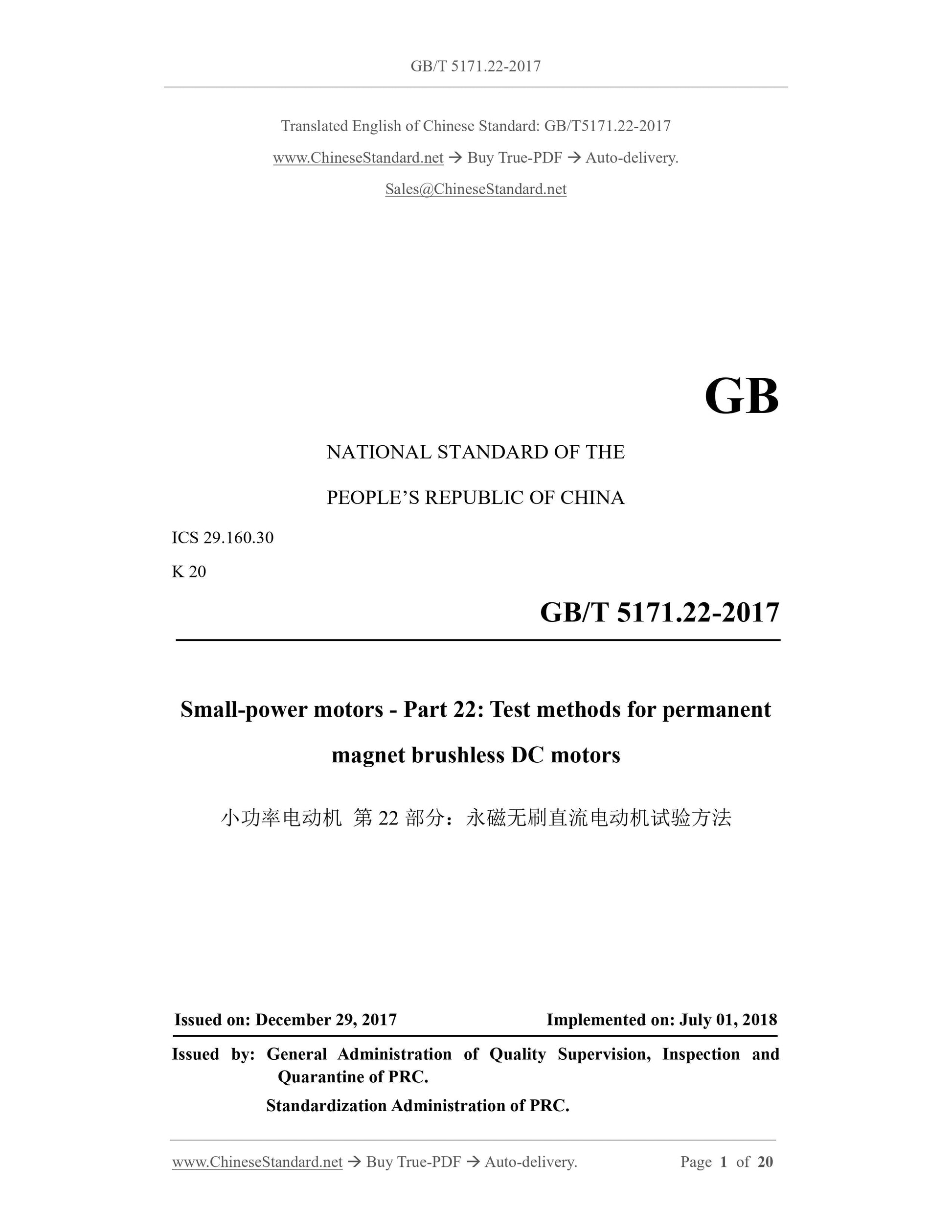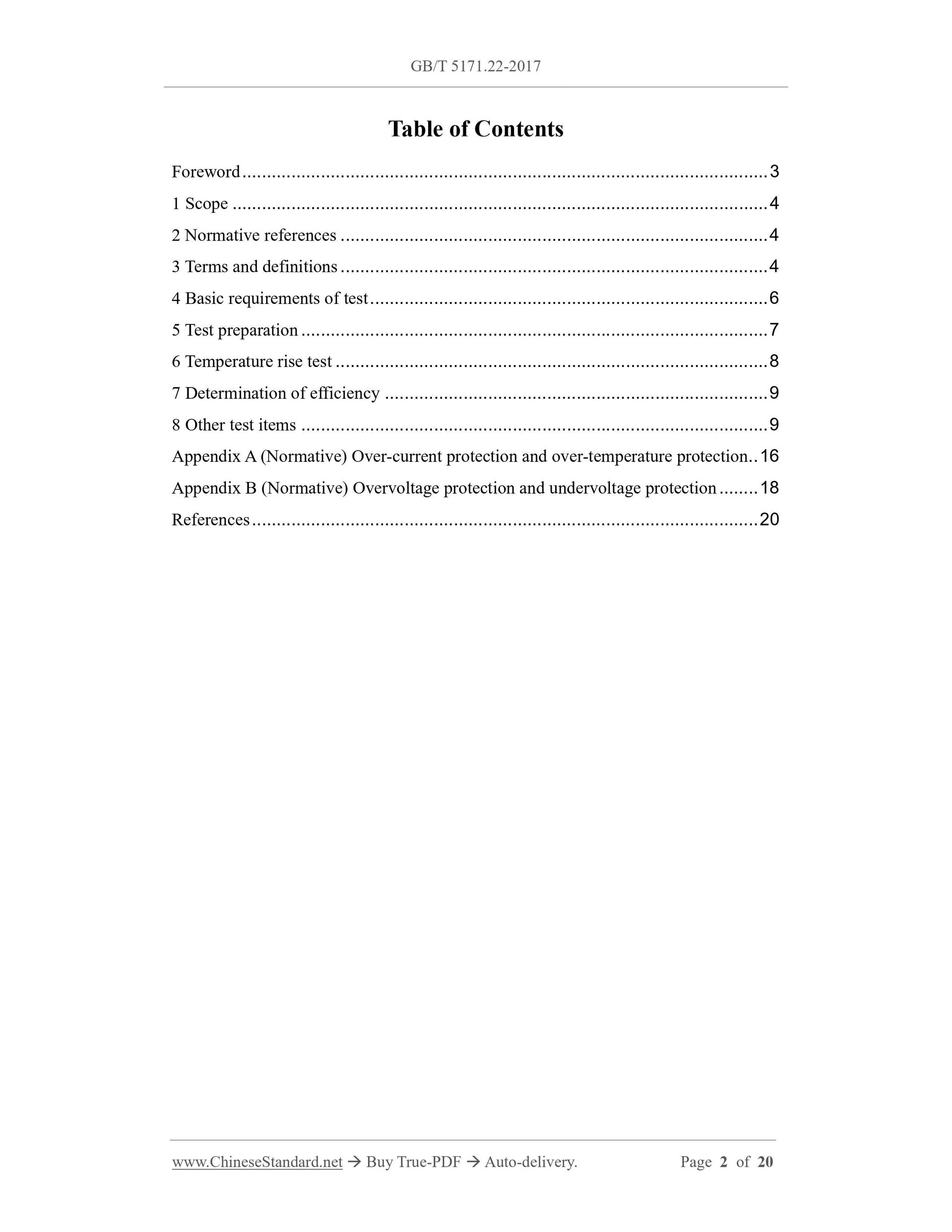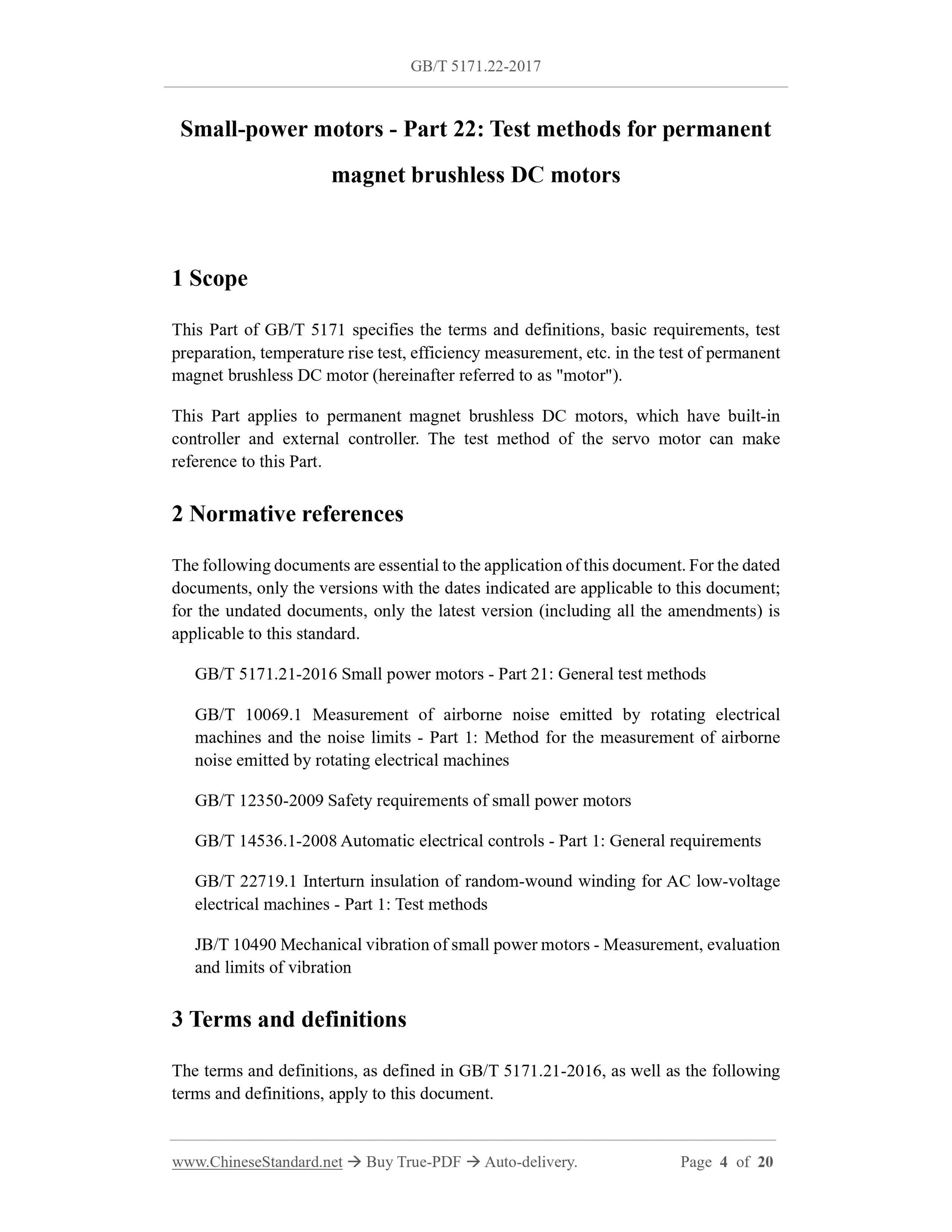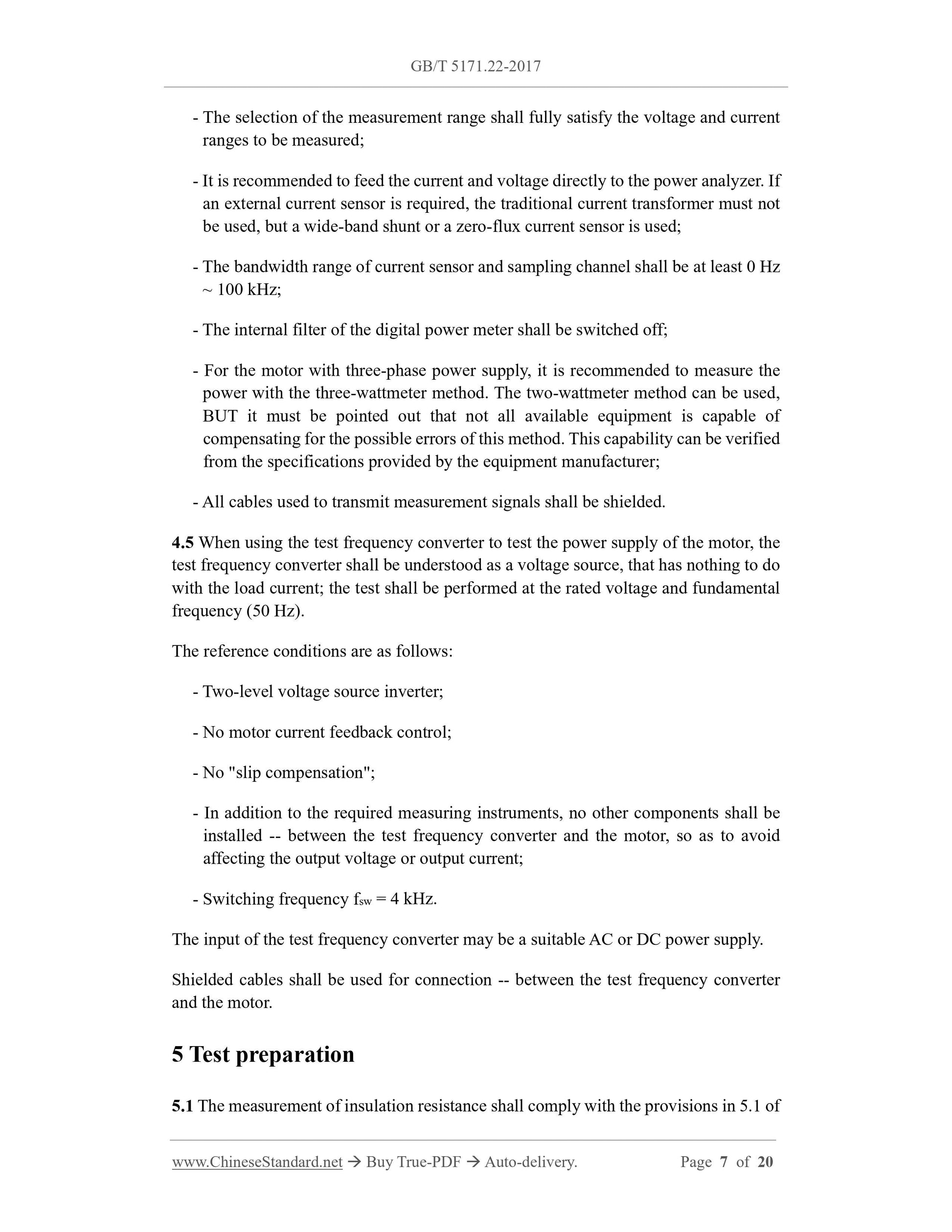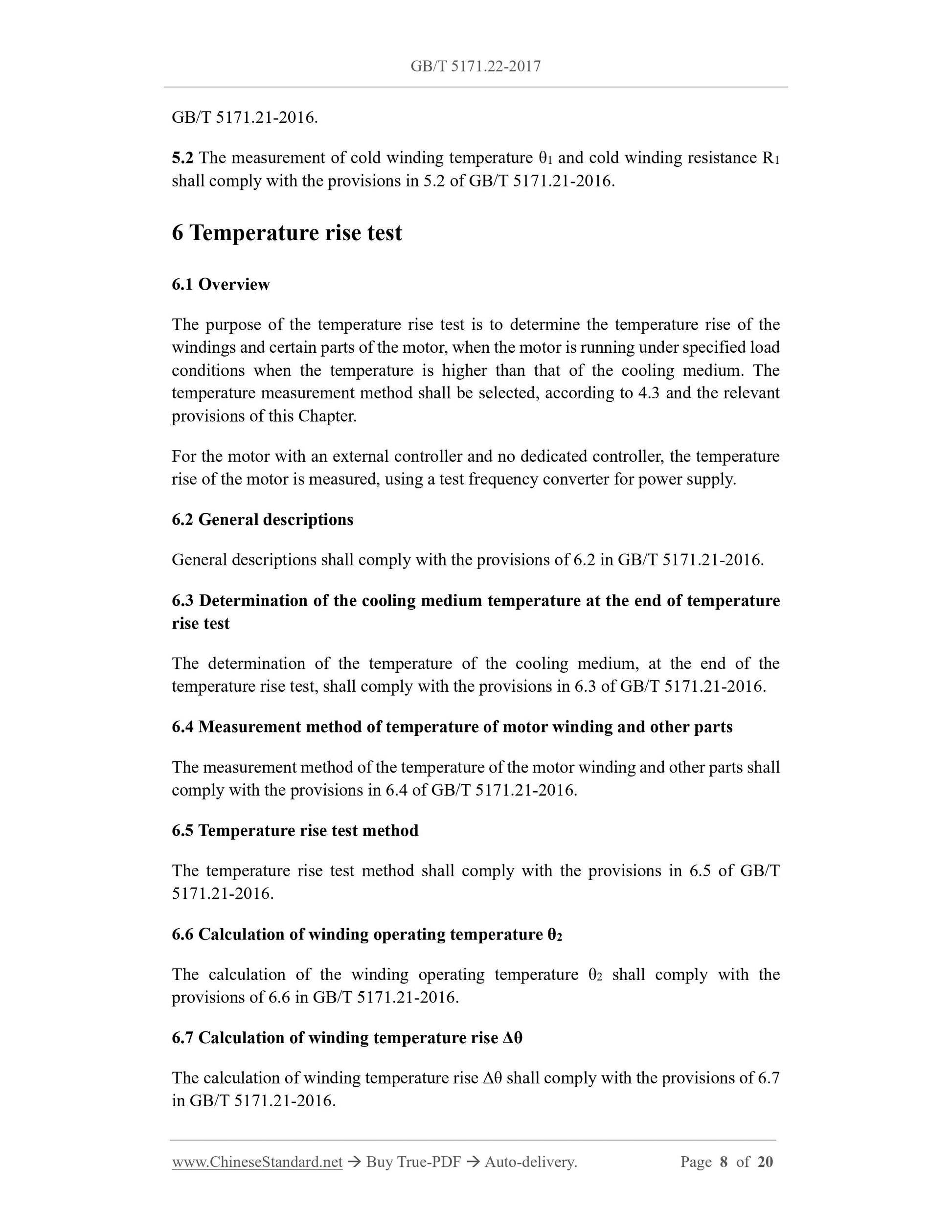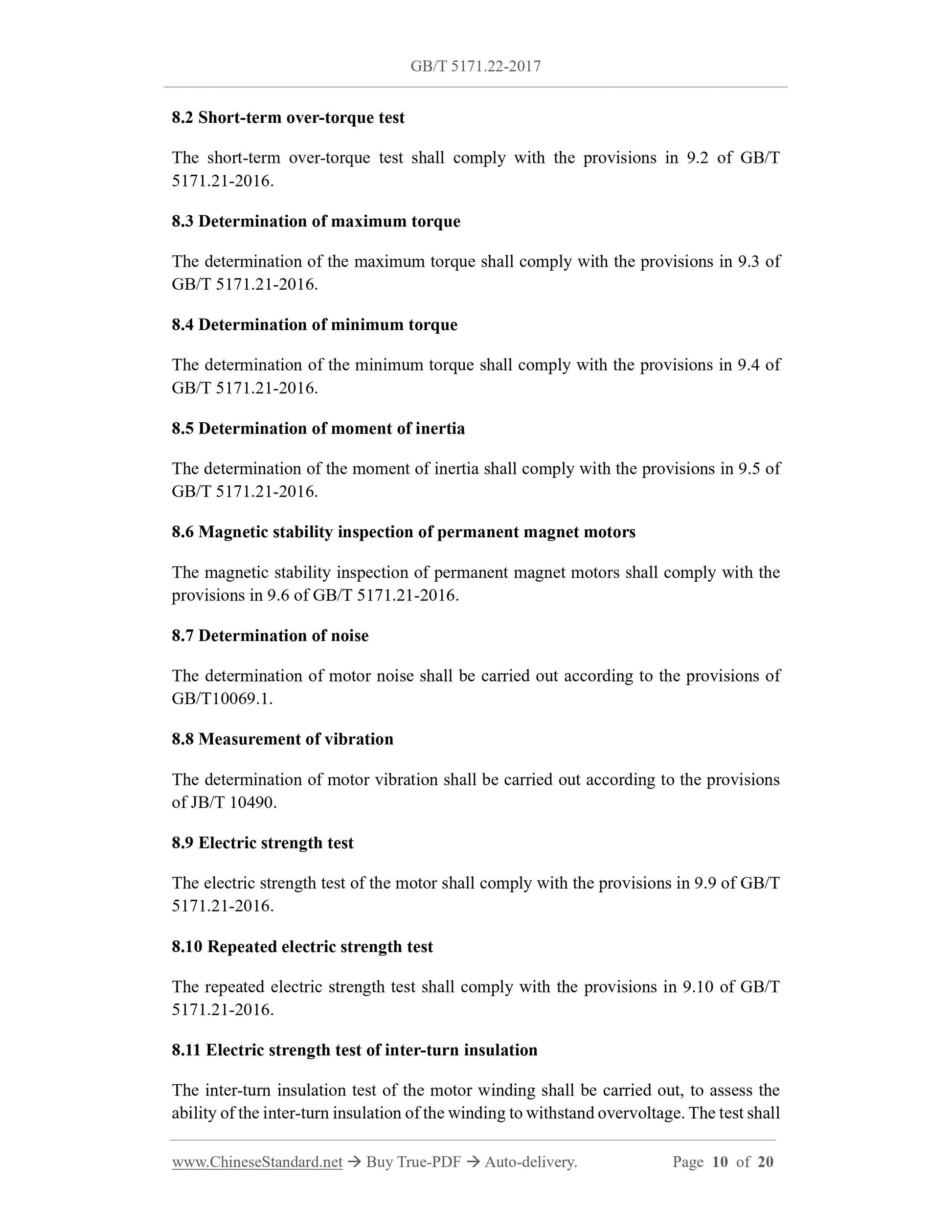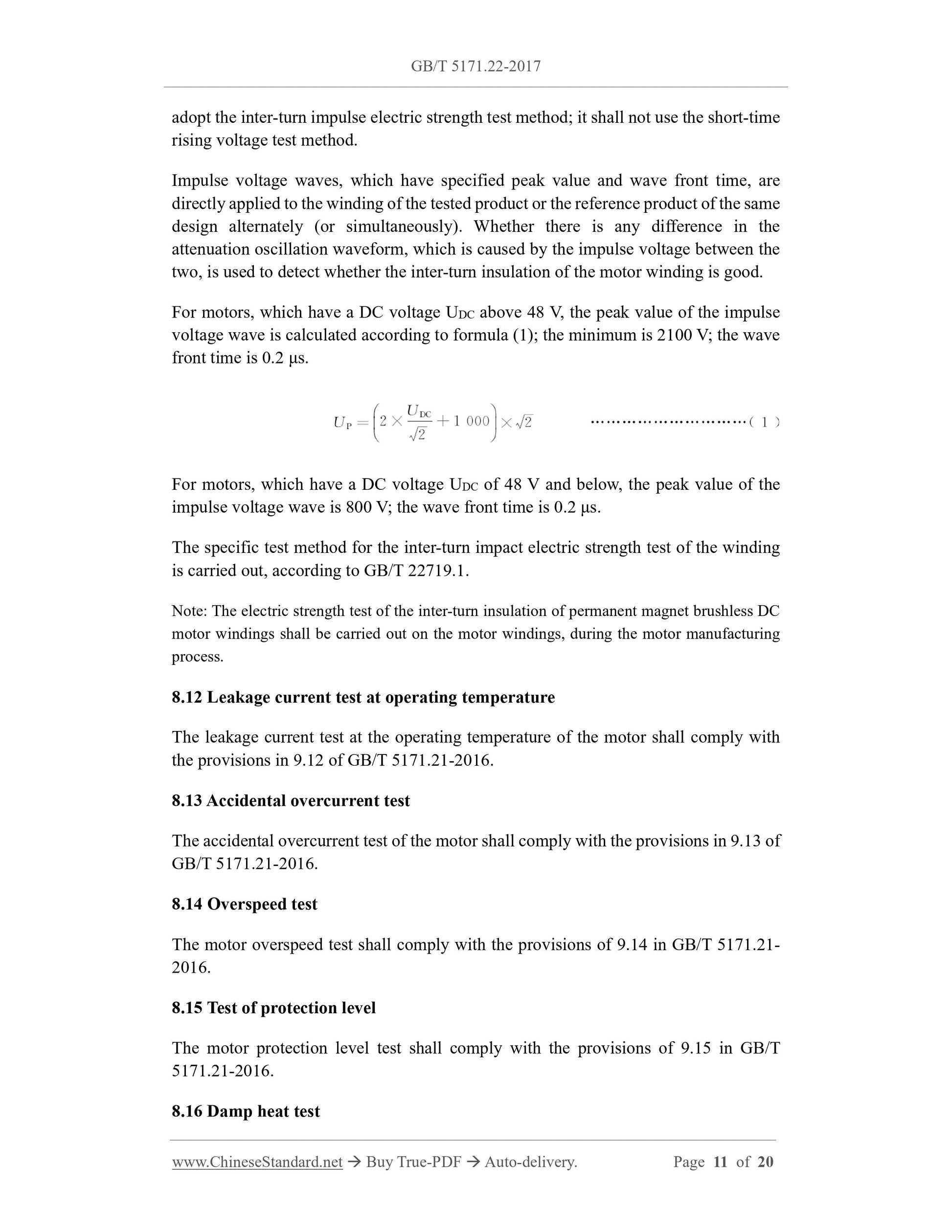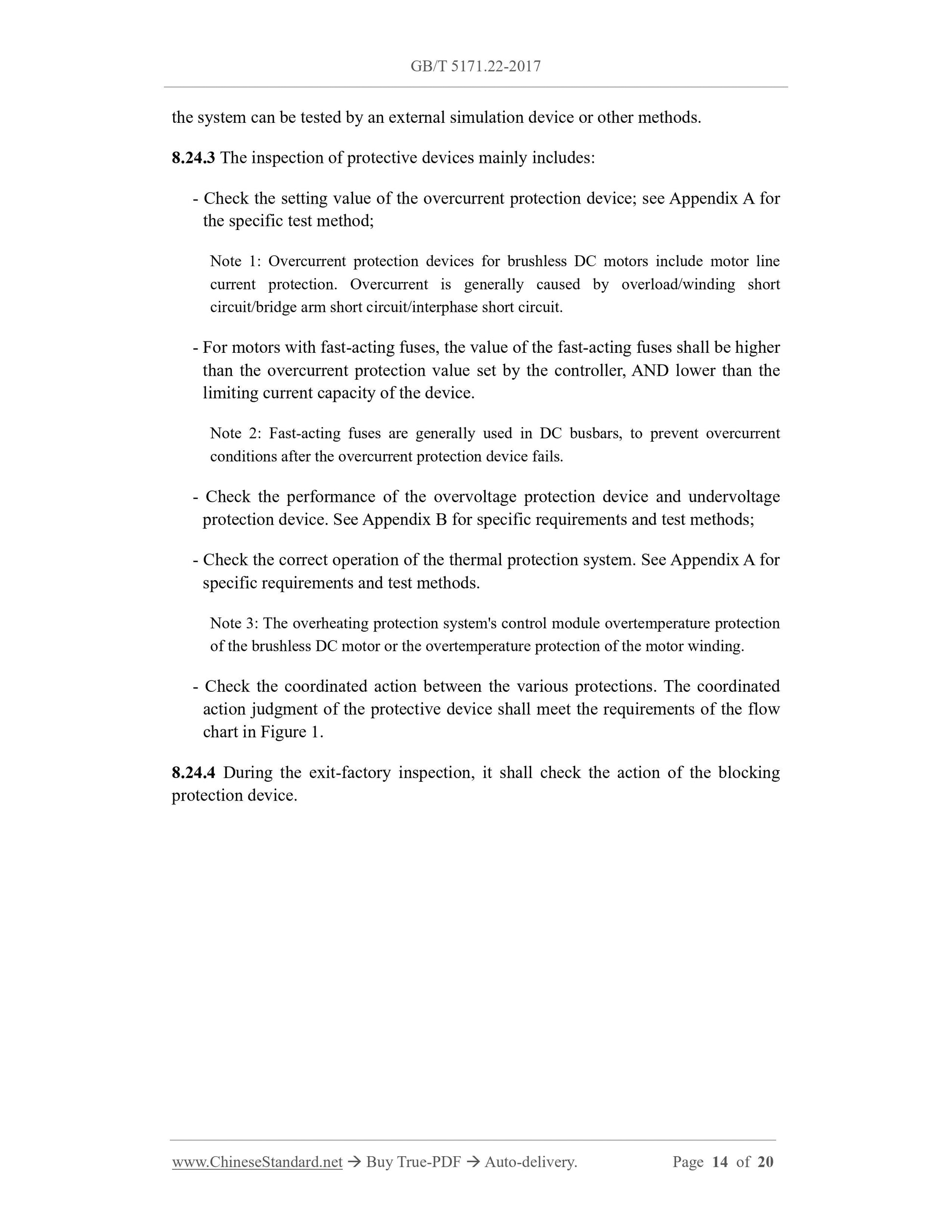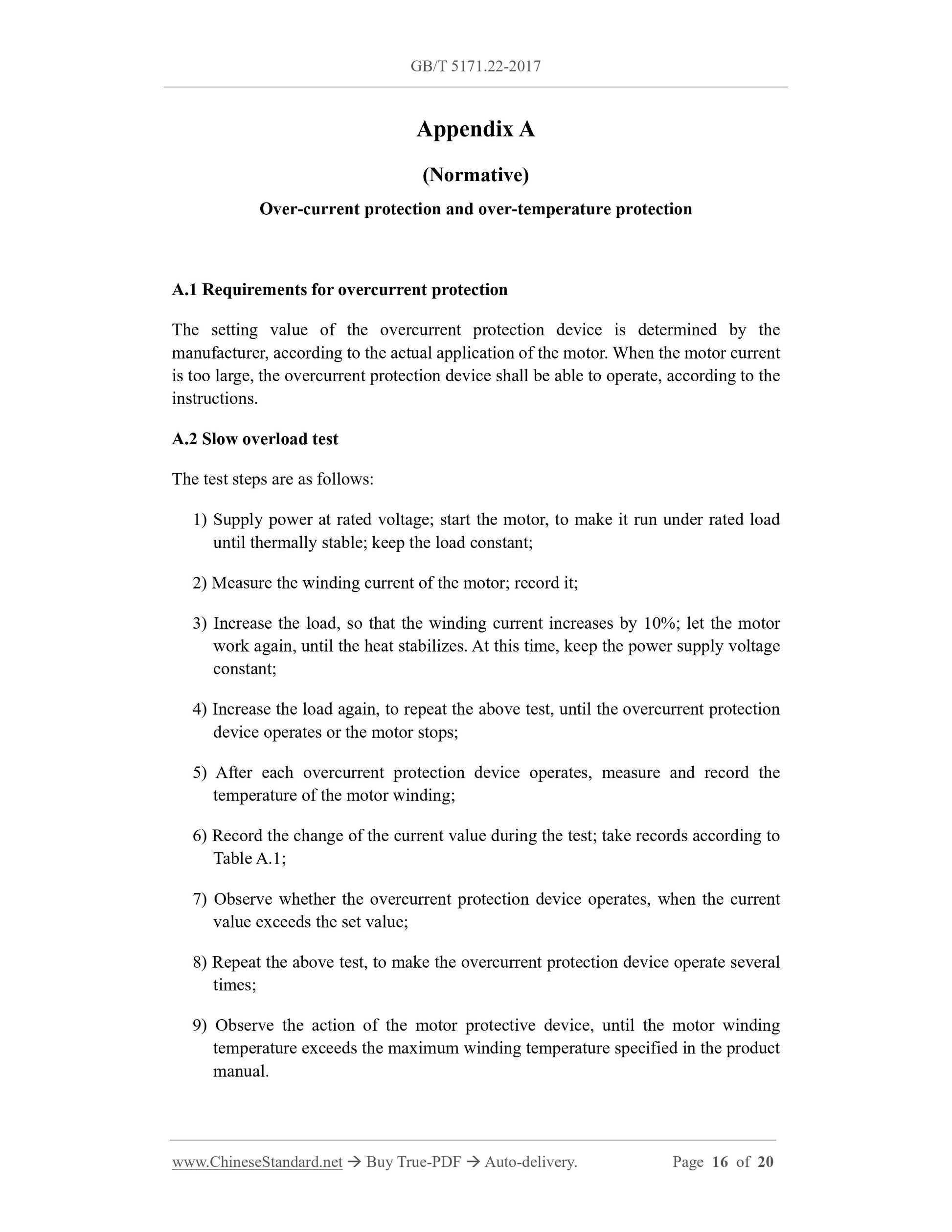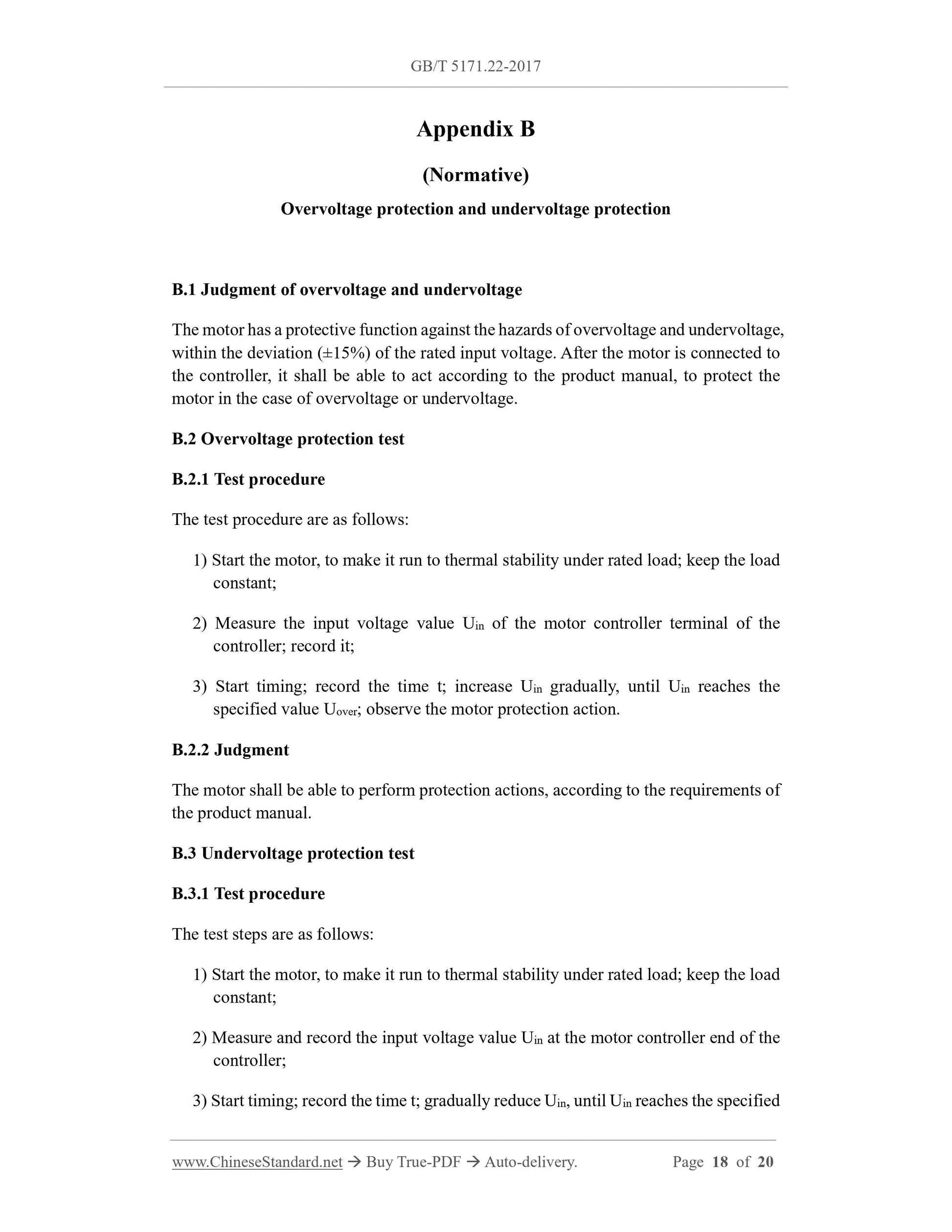1
/
of
10
www.ChineseStandard.us -- Field Test Asia Pte. Ltd.
GB/T 5171.22-2017 English PDF (GB/T5171.22-2017)
GB/T 5171.22-2017 English PDF (GB/T5171.22-2017)
Regular price
$265.00
Regular price
Sale price
$265.00
Unit price
/
per
Shipping calculated at checkout.
Couldn't load pickup availability
GB/T 5171.22-2017: Small-power motors - Part 22: Test methods for permanent magnet brushless DC motors
Delivery: 9 seconds. Download (and Email) true-PDF + Invoice.Get Quotation: Click GB/T 5171.22-2017 (Self-service in 1-minute)
Newer / historical versions: GB/T 5171.22-2017
Preview True-PDF
Scope
This Part of GB/T 5171 specifies the terms and definitions, basic requirements, testpreparation, temperature rise test, efficiency measurement, etc. in the test of permanent
magnet brushless DC motor (hereinafter referred to as "motor").
This Part applies to permanent magnet brushless DC motors, which have built-in
controller and external controller. The test method of the servo motor can make
reference to this Part.
Basic Data
| Standard ID | GB/T 5171.22-2017 (GB/T5171.22-2017) |
| Description (Translated English) | Small-power motors - Part 22: Test methods for permanent magnet brushless DC motors |
| Sector / Industry | National Standard (Recommended) |
| Classification of Chinese Standard | K20 |
| Classification of International Standard | 29.160.30 |
| Word Count Estimation | 18,191 |
| Date of Issue | 2017-12-29 |
| Date of Implementation | 2018-07-01 |
| Issuing agency(ies) | General Administration of Quality Supervision, Inspection and Quarantine of the People's Republic of China, Standardization Administration of the People's Republic of China |
Share
